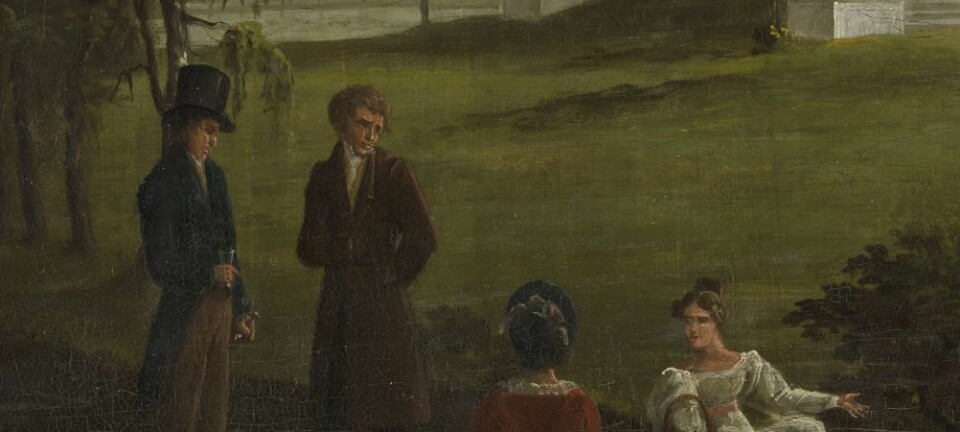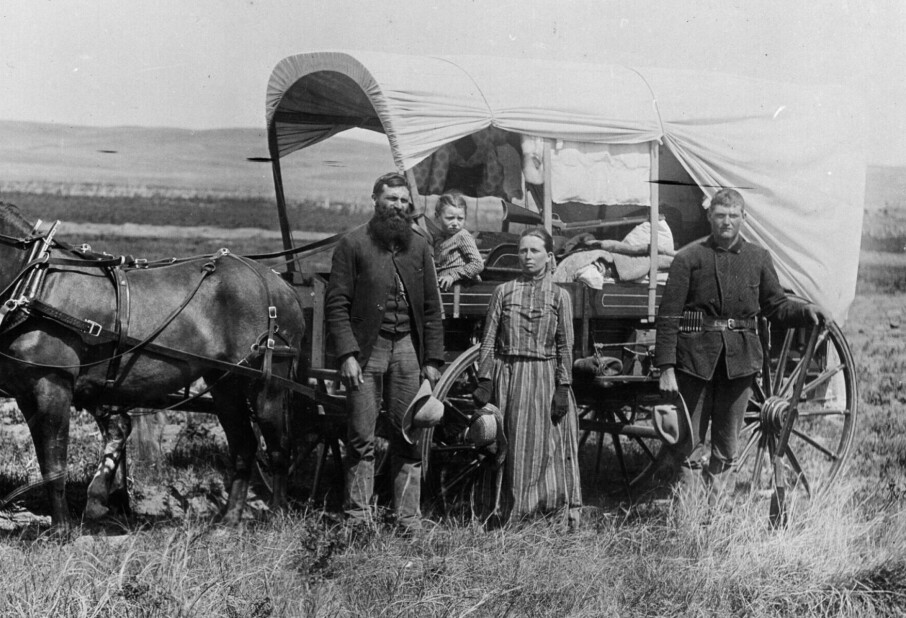
Netflix has made Norwegian TV shows better than ever
Norwegian television is experiencing a new golden age, thanks to the competition from streaming services like Netflix, says researcher.
It used to be that you had to look to Sweden and Denmark to find the good quality Scandinavian TV-shows. Norway somehow just didn’t meet the standard.
This has changed. Our non-Norwegian readers may very well have heard about the hit show Skam, the HBO thriller Beforeigners or the viking comedy Norsemen.
So what caused Norwegian showrunners to up their game?
The competition from streaming, according to media researcher Vilde Schanke Sundet from the University of Oslo.
“Back in the day, the Norwegian National Broadcaster NRK could air just about anything – and still get viewers.”
Today, she says, TV-channels like the Norwegian National Broadcaster – funded by the Norwegian tax payers – have to work harder, and pay more attention to what the viewers actually want.
“You can’t just trust that people will switch on their tellies on Friday night”, she says.
This has resulted in a new golden age for Norwegian TV, according to the researcher.
“We have never had such qualified people making TV, we have never spent so much money making TV-dramas, and Norwegian TV has never been more popular abroad”, she says.

Go big or go niche
Sundet recently wrote a book about the TV-industry in the age of streaming. According to her, the love affair between people and the television is not dead. It’s just become a bit more complicated.
She has interviewed nearly 50 people who mainly work at NRK with creating content.
The Norwegian TV-industry mainly follows two strategies when creating TV-shows, according to the researcher.
The first is to go big. That is – productions with high budgets of high quality that can measure up compared to the best of the best out there in the world, and thus be exported.
The other is to go niche. Local productions that cost a fraction of the big investments.
“The niche productions are supposed to fulfil specific needs with specific audiences”, she says, citing the youth show Skam as an example.
Despite not being advertised ahead of its premiere in 2015, Skam broke viewership records. By the middle of season two, the show amounted to half of NRK's online traffic, according to an article by NRKBeta.
By season three, the show attracted huge international audiences, including a few millions in China, and the show’s couple Isak and Even was voted ‘Top Couple 2017’ by voters on E!Online. The creator of the series made an American version of the show, and several European remakes were also made.

Less elitist, better quality
Sundet is mainly positive to the fact that people at NRK think more about what people want to watch, compared to what they should be watching.
“Prevoius TV-productions were more elitist. Producers, script writers, directors and so on would have an idea or want to make something, and then they just went ahead and made it”, she says.
Today, the folks who make TV have to think more actively about what needs a production might fill, for whom. How and why is it relevant?
“This is mainly positive”, Sundet holds.
The negative side of this is that producers may become slaves to the choosers.
Sundet compares it to online newspapers that may become a little too concerned with clicks and not enough with quality.
“The people at NRK need to balance this, as do other media. How to make people chose to watch not just what they want, but also what they should”, Sundet says.
And this is where streaming and competition is a good thing, according to the researcher. As one of the people she interviewed said: “no content is so important that it doesn’t have to be good”.
Read the Norwegian version of this article on forskning.no.
Reference:
Vilde Schanke Sundet: Television Drama in the Age of Streaming: Transnational Strategies and Digital Production Cultures at the NRK. Palgrave Pivot. April 2021. ISBN 978-3-030-66417-6. Summary.
Marika Lüders, Vilde Schanke Sundet and Terje Colbjørnsen: Towards streaming as a dominant mode of media use? A user typology approach to music and television streaming. Nordicom Review. February 2021. ISSN 1403-1108. DOI: https://doi.org/10.2478/nor-2021-0011.


































